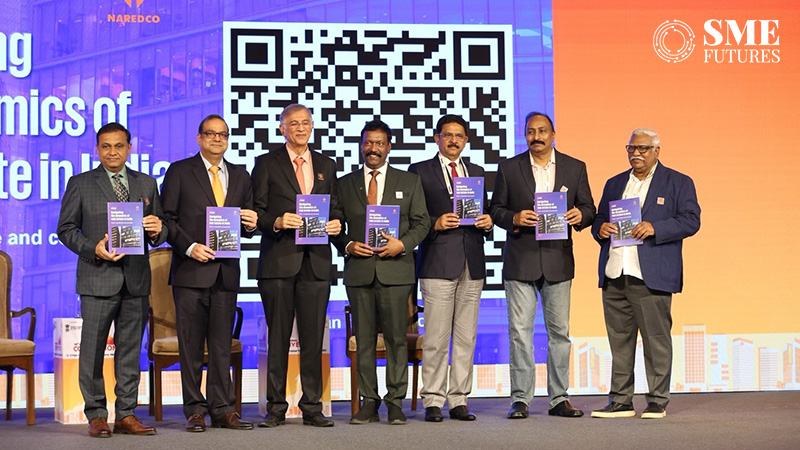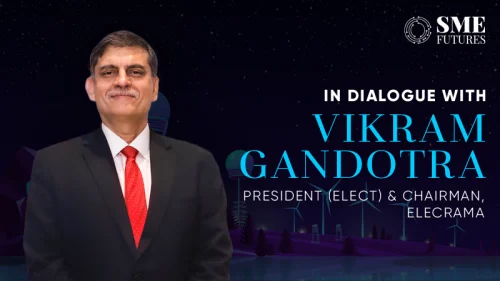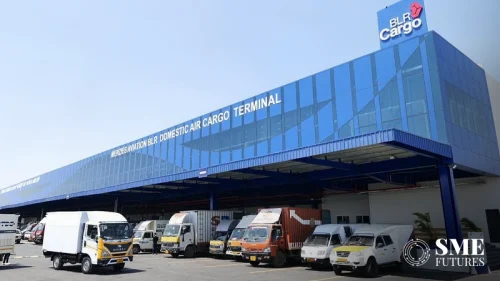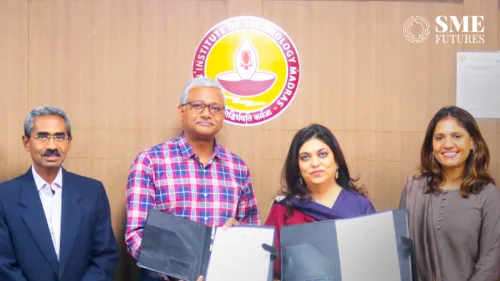The recently concluded 16th National Real Estate Development Council (NAREDCO) National Convention, themed “Fostering Trust with Transparency: Pathway 2047,” has yielded significant outcomes, providing a roadmap to shape the future of India’s housing landscape. The two-day event, held from 2nd to 3rd February 2024, witnessed critical discussions and proposed strategic measures by the governing council, NAREDCO members, key stakeholders from the real estate and construction sector.
President of NAREDCO, G. Hari Babu, set the tone by stressing the urgent need for “All India Master Plans” and “All India State Plans” to develop Green Field Cities. He articulated, “India critically needs these plans by the time it grows into a 30 trillion Dollar Economy by 2047. This would be the primary requirement for the growth of the Indian Real Estate and Construction Industry.”
He also stressed the importance of reducing interest rates for housing and affordable housing projects, demanding a decrease from existing 8 to 9 per cent to 6 and 6.5 per cent. He stated, “Reduction in interest rates is the primary requirement for the growth of the housing sector.”
In tune with this vision, Chairman NAREDCO, Dr. Niranjan Hiranandani, urged the adoption of a “Rental Housing Policy” in India. He stated, “In the proposed Rental Housing Policy, institutions like Centre and State Governments and Financial Institutions, including RBI, could contribute to fructify the proposal.” The emphasis was on learning from successful models, such as that of the USA, where 50 per cent of the populace prefers rental housing.
Addressing the malpractice of underquoting prices during tenders, the Minister of State for Housing and Urban Affairs, Shri Kaushal Kishore, emphasized the critical need for NAREDCO to champion transparent practices.
In his statement, Shri Kaushal Kishore stated, “Builders tend to quote around 15 per cent less than the actual amount during the tender process. As completion nears, prices increase, leading to subcontracting issues that affect both builders and beneficiaries.” Furthermore, he called upon NAREDCO and its senior functionaries to proactively put an end to this practice of underquoting, emphasizing the importance of ensuring timely completion of housing projects, especially those designated as affordable housing. The Minister also urged the real estate industry to prioritize creating surroundings for housing and affordable housing projects that are entirely free from “dust, smoke, and intoxication.”
The Secretary Ministry of Housing and Urban Affairs, Manoj Joshi, stressed critical urban planning reforms for India’s $30 trillion economy goal by 2047. NAREDCO should collaborate closely with the government, providing essential inputs. Additionally, addressing industry requests for tax relaxations, NAREDCO should offer constructive suggestions to achieve urban planning objectives. Furthermore, the central government encourages states to raise property taxes, aligning with the 15th Finance Commission’s recommendation. This initiative aims to incentivize state governments for housing projects, with anticipation for progress, as the 16th Finance Commission considers it for future allocations.”
Bharat Aggarwal, Vice President of NAREDCO, further emphasized, ‘Our vision for 2047 entails forging a sustainable path for the Indian real estate sector. It involves embracing transformative trends, shaping future cities, and ensuring regulatory and policy alignment for enduring growth.’”
The convention provided a platform for Chiefs of Real Estate Regulatory Authorities (RERA) from Delhi, Gujarat, Assam, and Odisha to share their diverse views. Issues such as project registrations, legal challenges, and defaults by developers were discussed. Chief of Delhi RERA, Anand Kumar, highlighted the reluctance of developers to register middle-sized projects with RERA, leading to delays.
Chief of Gujarat RERA, Anita Karwal, addressed challenges related to projects pre-2017, emphasizing the need for better compliance. Chief of RERA in Odisha, Pradeep Kumar Biswal, called for uniform measures in RERA to address defaults, drawing parallels with GST compliance.
Chairman of RERA Himachal Pradesh, Dr. Shrikant Baldi, announced significant changes in project sanction rules, extending the validity of once-sanctioned drawings for real estate projects indefinitely. This move was initiated to support the rapid growth of the real estate sector in the state.
Chairman of the Housing & Urban Development Corporation (HUDCO), Sanjay Kulshrestha, expressed optimism about potential financing for real estate corporates in the private sector beginning next year. HUDCO, which currently focuses on government and government-owned utilities, may venture into private-sector financing, aligning with the growing resurgence in the real estate sector.
The newly elected President of NextGen, Ravi Reddy, outlined the platform’s commitment to Prime Minister Modi’s vision of AMRITKAL 2047. He emphasized the uniqueness of NextGen, stating it would not be a replica of NAREDCO entirely. The focus would be on disruptive real estate activities in Tier II & Tier III Townships.
Reddy highlighted the need to tap into global capital and focus on sustainability and decarbonization. He stated, “The NextGen Real Estate developer aims to shape the New India by carrying out disruptive real estate activities.” The convention marked the launch of a report on NextGen Real Estate developers, providing insights into the future of affordable housing.
Decarbonizing the Built Environment is crucial for India’s real estate, aligning with sustainability and energy efficiency goals. Green practices, renewable energy, and efficient technologies are pivotal. Initiatives like sustainable materials and green certifications showcase the industry’s responsible development, positioning India as a leader.
In his closing statements, President of NAREDCO, G. Hari Babu, emphasized the pressing need for affordable housing initiatives. He advocated for loans of up to 20 lakhs, insisting that the interest rate should be fixed at 5 per cent per annum for the initial 5 years. Notably, Babu proposed an adjustable interest rate thereafter. He stressed the significance of government support, suggesting that for the first 5 years, the government should bear the interest burden, ensuring that no additional EMI is levied on the borrowers during this period. Furthermore, he underscored the importance of the Credit Linked Subsidy Scheme (CLSS), proposing that both state and central governments contribute to CLSS, offering subsidies to the tune of 4 lakhs. This strategic approach aims to facilitate affordable housing opportunities and aligns with the broader vision of achieving the ambitious goal of “Housing for All.”
The convention concluded with the signing of Memoranda of Association with various stakeholders, setting the stage for collaborative efforts in realizing the objectives of the housing sector.











